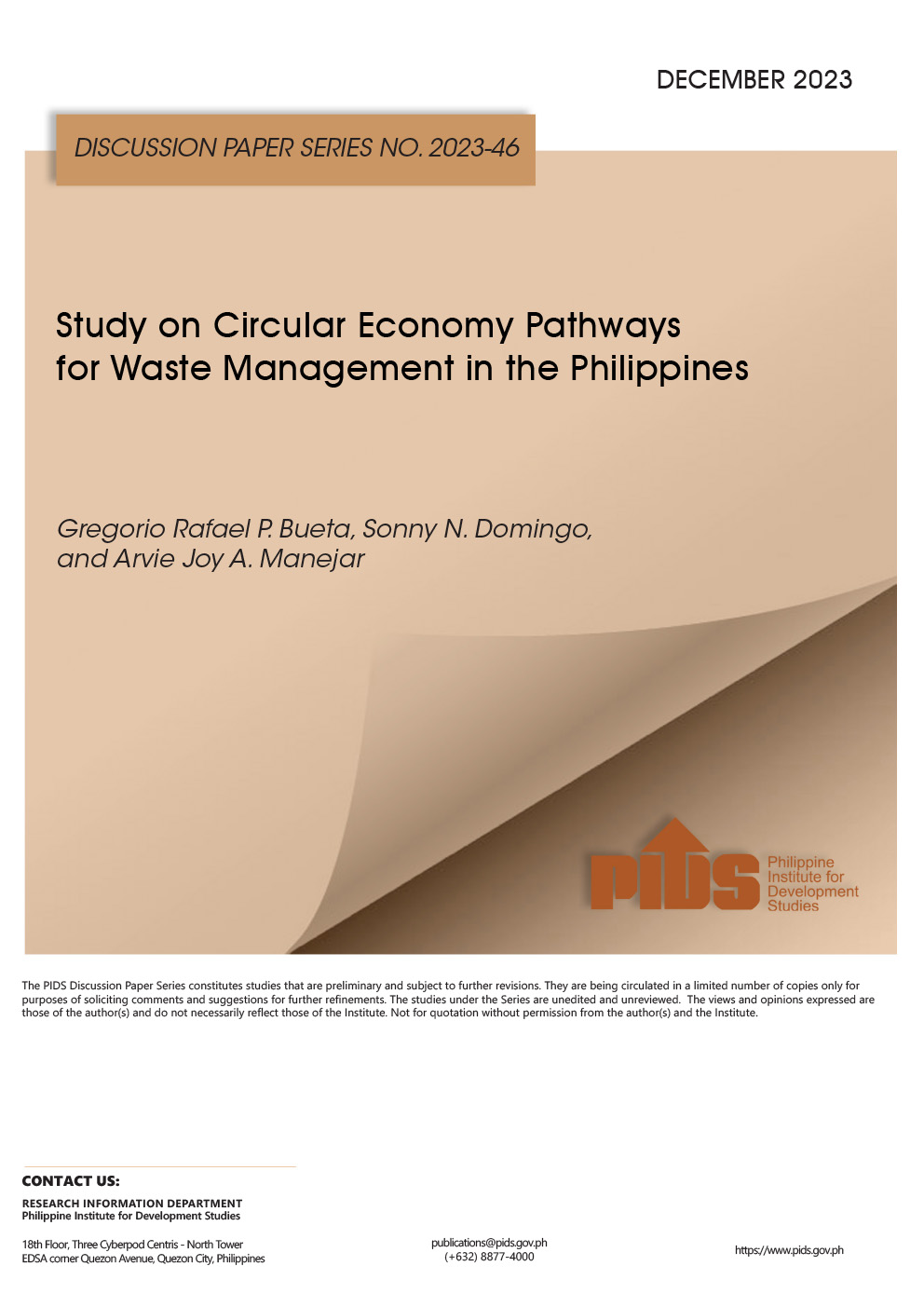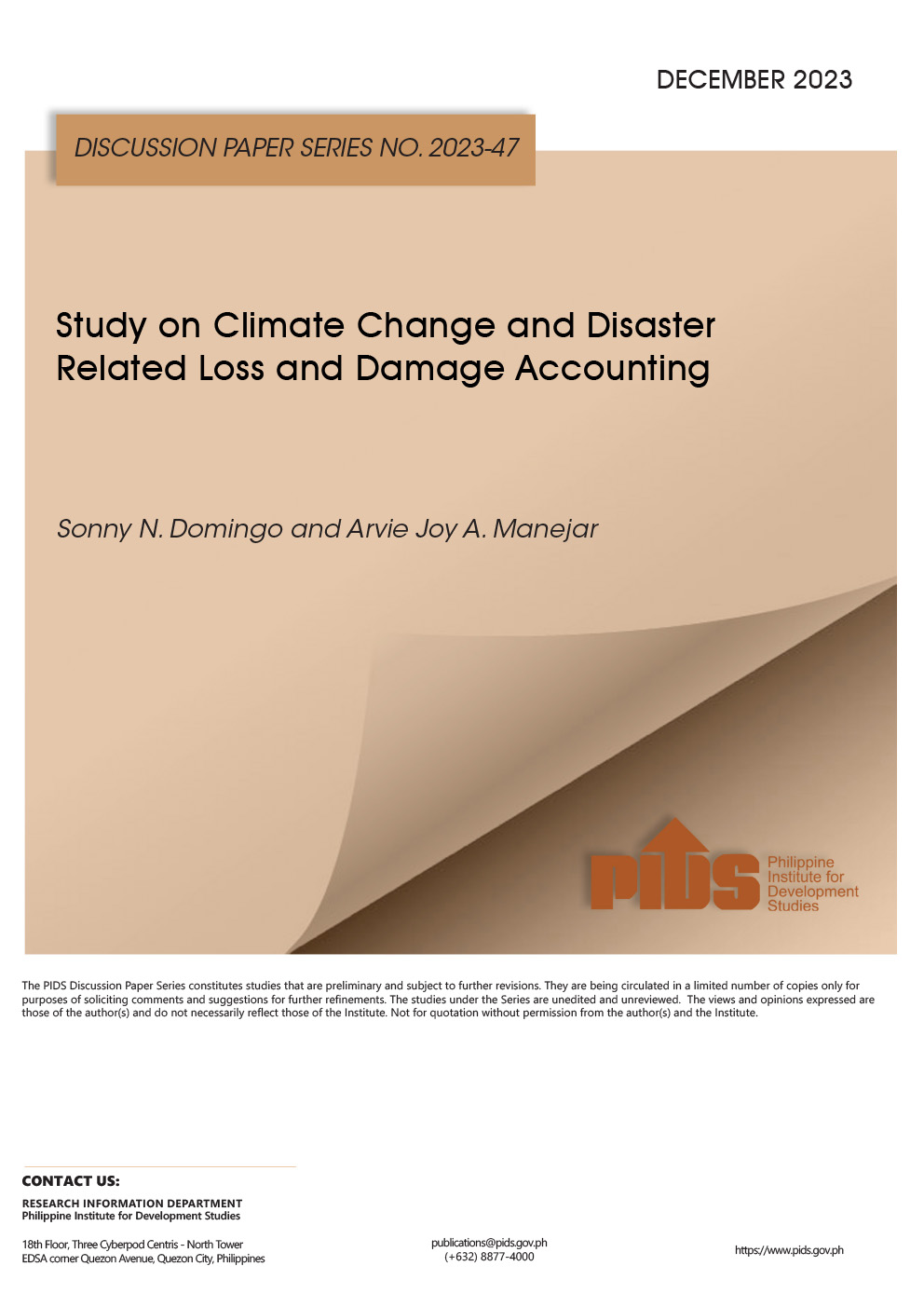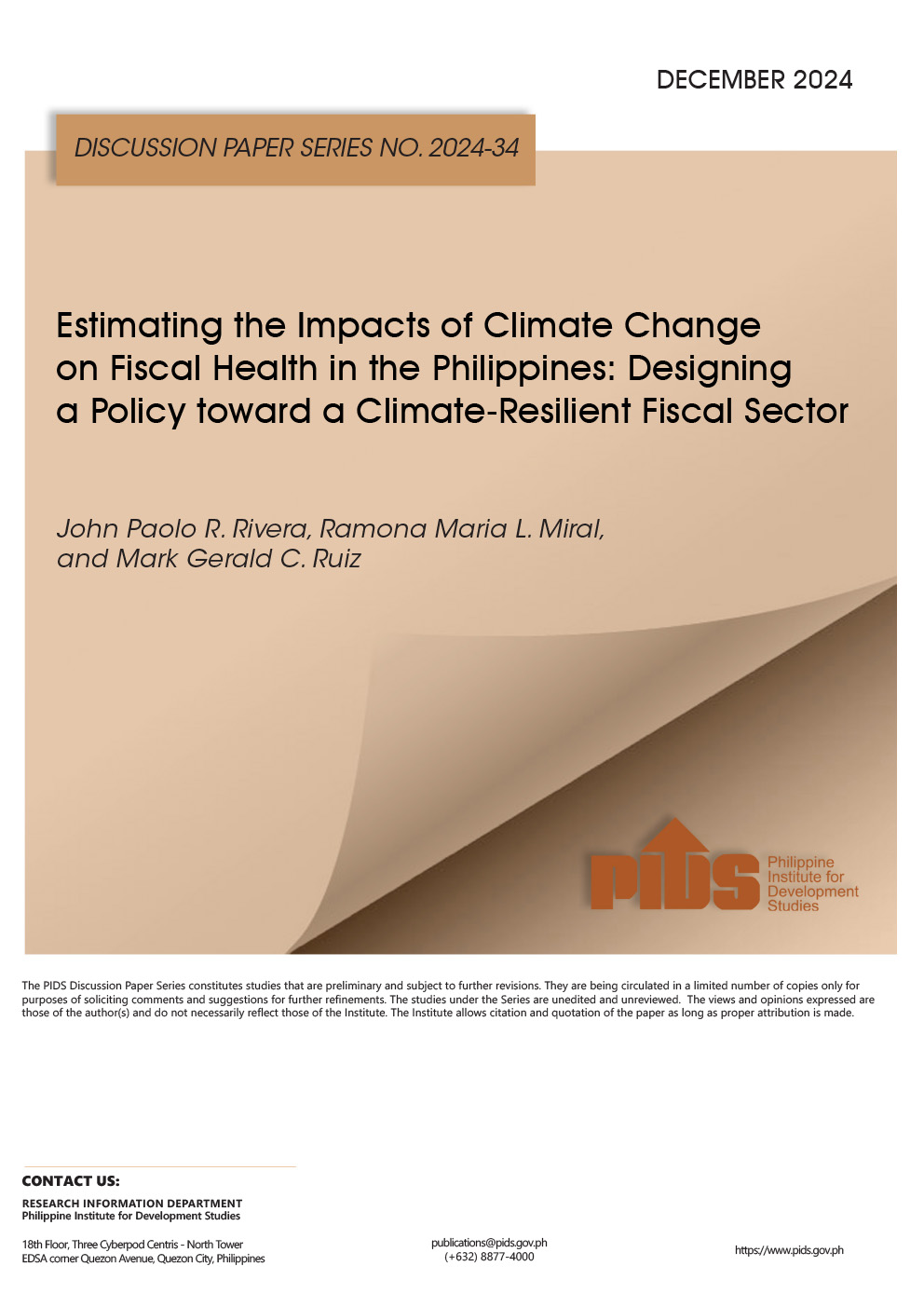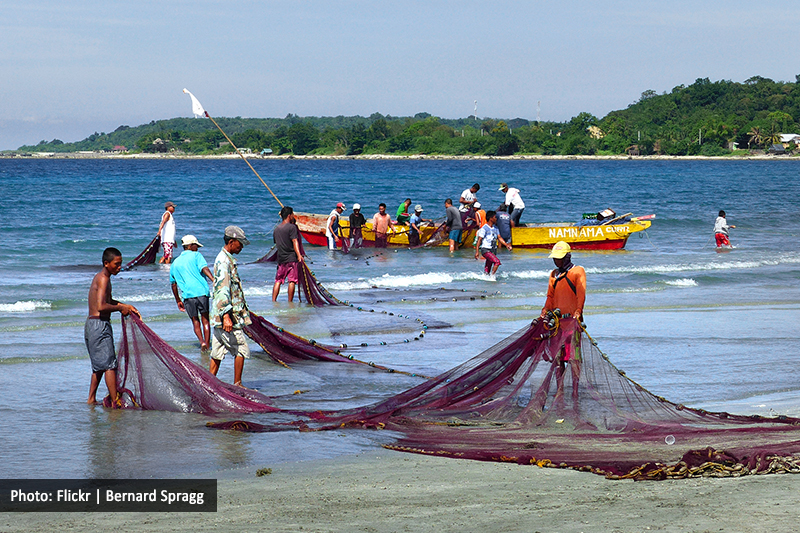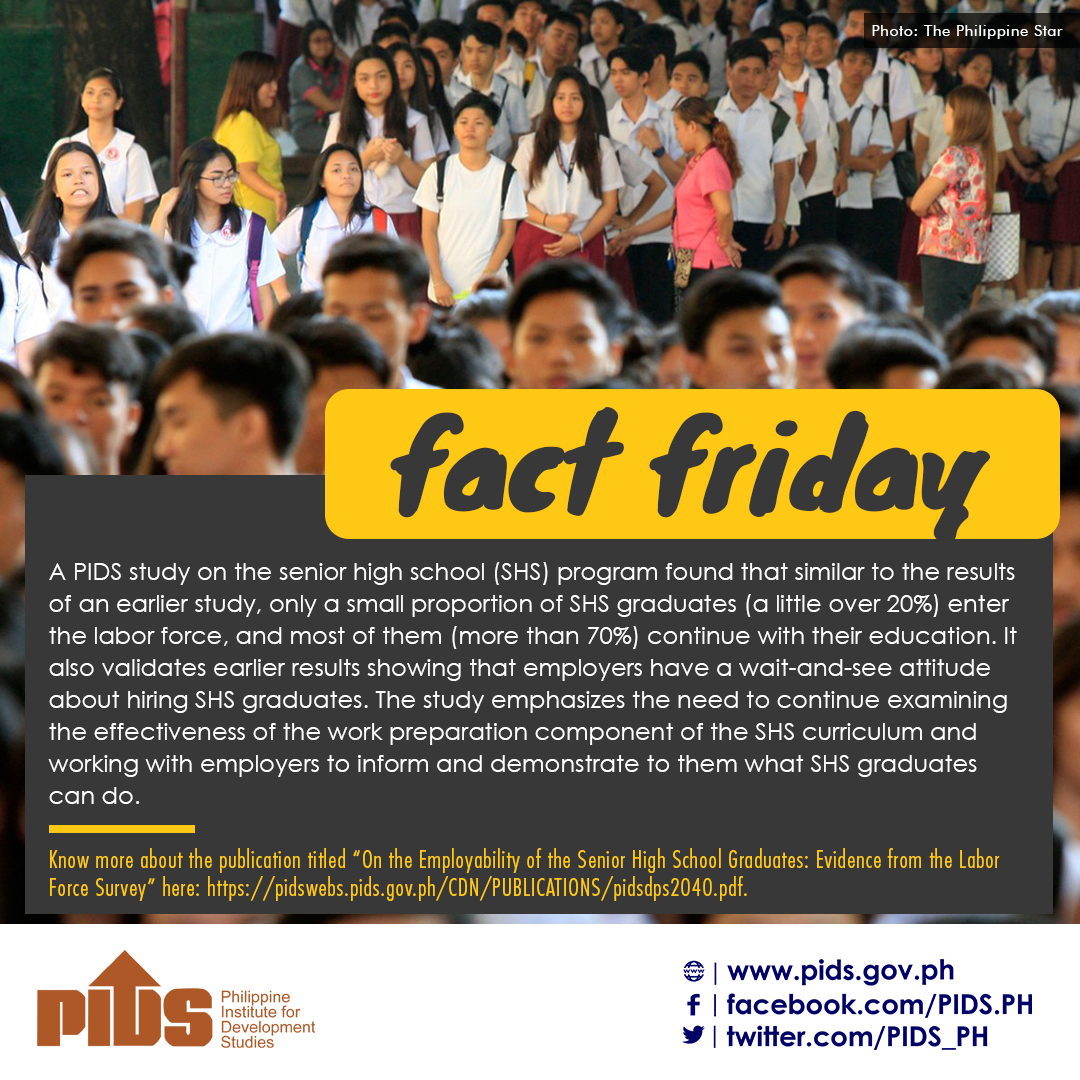A study from government think tank Philippine Institute for Development Studies (PIDS) said Tañon Strait, the country's largest marine protected area located between Cebu and Negros Islands, has a relatively high microplastic occurrence.
“The Philippines has been contributing a substantial volume of plastic debris into the marine ecosystem,” wrote Maria Kristina O. Paler, author of the study titled, “Are marine-protected areas sheltered from plastic pollution?”
Microplastics are tiny, less than 5-millimeter materials from broken-down plastics that are almost invisible to the naked eye.
The study said laboratory test results showed that microplastics in the water of Tañon Strait, which ranged from 0 to 1.5 items per liter, were higher compared to the microplastic occurrence in some bodies of water in other countries, such as China.
The study further said the microplastics present in Tañon Strait are largely from the plastics used in the packaging industry.
“This calls for proper waste disposal to mitigate the problem of plastic pollution. Evidence also suggests that these pollutants are most likely generated from single-use plastic items, hence the need to shift from the current throw-away society,” the study added, saying that policies to ban polyethylene-based plastics should be pursued.
However, with the Filipinos’ tingi or retail culture, the study also acknowledged that banning single-use plastics may not be economically sound.
To address this, the study also suggested adopting policies that provide economic incentives to manufacturers to find substitutes, such as biopolymers.
“Another direction would be the use of disincentives or take-back schemes if fossil-based sachets are used by manufacturers to package their products,” the study added.
The PIDS study looked at 4 municipalities in Cebu that have the same geomorphology and often use eastern Tañon Strait for fishery and tourism. These are Badian, Moalboal, San Remigio, and Tabuelan. Water, sediments, and fishes were sampled from 8 sites, which were then analyzed for microplastic occurrence. – Rappler.com

